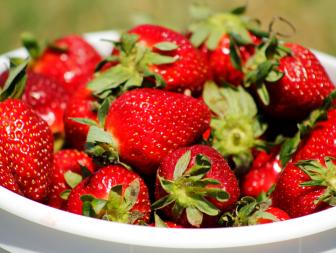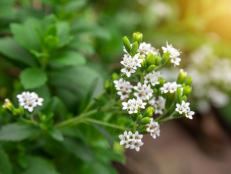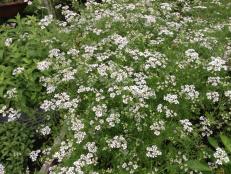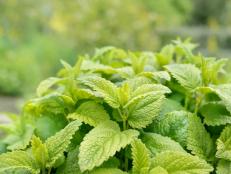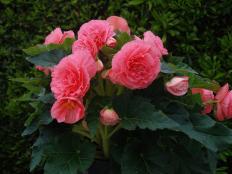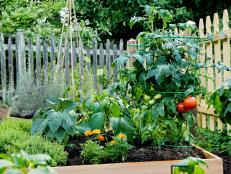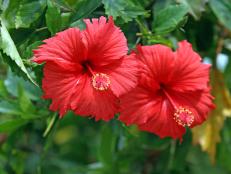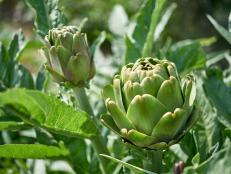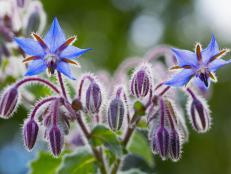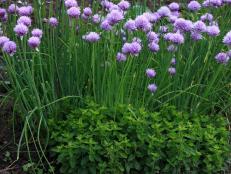How to Plant, Grow and Care for Dill
Dill is an easy-to-grow addition to an herb garden. Learn how to select, plant, grow, harvest and preserve this tasty herb.

Dill is an annual herb with delicate, fernlike leaves that grows 3 to 4 feet tall. The plant is often referred to as dill weed, and it blooms with bright yellow flower heads that form dill seeds. Both the foliage and the seeds are used to flavor various dishes, including fish, eggs, vegetables, sauces and, of course, to spice cucumbers to make dill pickles.

Shutterstock/PaniYani
Dill is an easy-to-grow annual for the culinary herb garden, grown for both its delicate fronds and its flavorful seeds.
When and How to Plant Dill
Dill prefers loose, well-drained soil. The plant has a taproot, so it needs an environment that will allow it to go deep. If your bed’s soil is compacted, incorporate compost into the bed before planting. Dill flowers best in full sun, but it also tolerates a partly sunny/partly shady location.
You can buy transplants in spring to plant in your prepared garden beds, but dill is also easily grown from seed. After the danger of frost has passed in spring, sow the seeds about 1/4 inch deep and 1 inch apart. Seeds should germinate in seven to 14 days; when seedlings are about 6 inches tall, thin the plants to about 1 foot apart; use the extraneous seedlings in your favorite potato or egg salad.
It flowers and goes to seed quickly, so plan to sow seeds every two to three weeks throughout the season to have a steady supply of fresh dill from your garden.
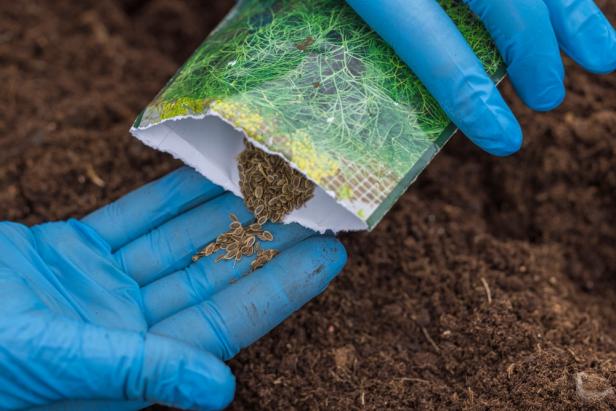
Shutterstock/Mulevich
Dill is easily grown from seeds. After danger of frost has passed in spring, sow the seeds about ¼ inch deep and 1 inch apart.
The Best Varieties of Dill
When you peruse seed catalogs and websites and scan seed displays in stores, you'll find that there are different varieties of dill. Three of the most popular varieties — ‘Fernleaf’, ‘Bouquet’ and ‘Mammoth’ — have different characteristics and are recommended for different uses.
- ‘Fernleaf’ dill is the most compact variety, usually growing only to about 18 inches tall. Because of its size, and because it is less prone to early bolting — flowering and going to seed — it’s a good choice to grow in containers. ‘Dukat’ is another smaller, container-friendly variety that is brighter green.
- ‘Bouquet’ dill grows taller, up to 24–36 inches at mature height. The fragrant foliage adds fresh, summer flavor to a variety of dishes, and it produces an abundance of seeds for use in cooking and pickling.
- ‘Mammoth’ is the tallest of the popular varieties and can reach to 5 feet at maturity. The delicate foliage has the usual culinary uses, and the larger seeds may be considered the best for pickling.
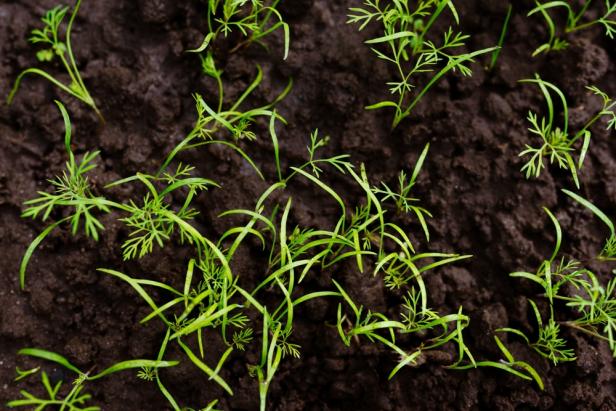
Shutterstock/Temastock
Dill is easily grown from seed in a sunny location in the garden. Seeds germinate 7 - 14 days after planting.
How to Grow and Harvest Dill
Once it’s growing, dill is pretty low-maintenance. Water it when the weather is dry; dill needs about one inch of water per week to grow well and thrive. When it’s growing in a well-prepared bed, it doesn’t need to be fertilized.
You can begin to harvest dill when the plant has four to five leaves. Pinch off the leaves or cut them with scissors. If you have an abundance of dill growing at once, you can cut an entire stalk, use what you need and refrigerate, freeze or dry the rest (see “How to Preserve Dill," below).
Dill also readily self-seeds, so if you allow a few heads of spring-planted dill to flower, dry and drop seeds in the garden, you likely will have new dill sprouts coming up later in the summer and plenty of early dill next growing season.

Shutterstock/Mari Krotik
You can begin to harvest dill when the plant has four to five leaves. Pinch off the leaves or cut them with scissors.
Companion Planting With Dill
The dill growing in your kitchen garden provides benefits for other plants around it. Garden experts note that when planted near Brussels sprouts, broccoli, cabbages and other brassicas, it may improve their growth and protect them from pests. It’s also a good companion for eggplants and peppers, and herbs such as chives, lemon thyme, lemon balm and lovage. Dill can be used as a trap crop for tomato hornworms and aphids — those pests will be drawn to a prolific crop of dill and may leave other crops alone.
Sources also note that dill should not be planted near carrots, because it can decrease yields, or near cilantro, with which it will cross-pollinate.
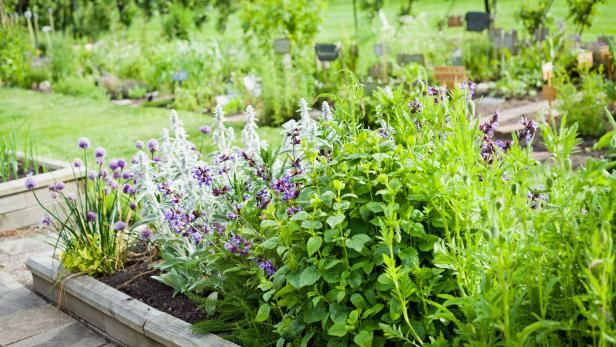
Shutterstock/Joanna Tkaczuk
Dill is a good companion plant for a variety of herbs, including chives, lavender, chamomile, catmint, lemon balm, lovage, spearmint and other culinary and ornamental varieties.
A–Z Advice for Companion Planting in Your Vegetable Garden 16 Photos
Find detailed info and links for specific companion plants and planting techniques for popular vegetable garden crops in our alphabetical list, from beets to zucchini.
How to Preserve Dill
Both fresh dill weed and dill seeds can be preserved to use later.
Refrigerate: To store fresh dill weed in the refrigerator, wash and dry the dill fronds (a salad spinner makes quick work of drying), wrap them in damp paper towels and place the bundle in an airtight container or plastic bag. It should last for several days stored in the refrigerator. It can also be stored upright in the fridge in a glass of water.
Freeze: Fresh dill weed can also be frozen. Rinse and dry the fronds and lay them flat in a freezer bag, squeezing out as much air as possible. It can also be chopped, packed into ice cube trays with a little water, and frozen into cubes that can be stored in a plastic freezer bag. Use frozen dill within three to four months.
Dehydrate: For longer storage of dill weed, use a food dehydrator to dry it, or bundle and tie several fronds together and hang them upside down at room temperature until they crumble to the touch. (The bundle-and-tie method could take several weeks). When they’re dry, crumble the leaves and store them in a glass jar or other airtight container. Dried dill weed is good for about a year.
Dry the Seeds: You can also harvest the seeds after they start to turn brown. Clip the seed heads into a brown paper bag and place it in a warm, dry location indoors. The seeds should be dry in about two weeks, when you can sift out any dried plant particles and store the seeds in an airtight glass jar in a cool, dry space. They should be good to use in recipes for about six months.
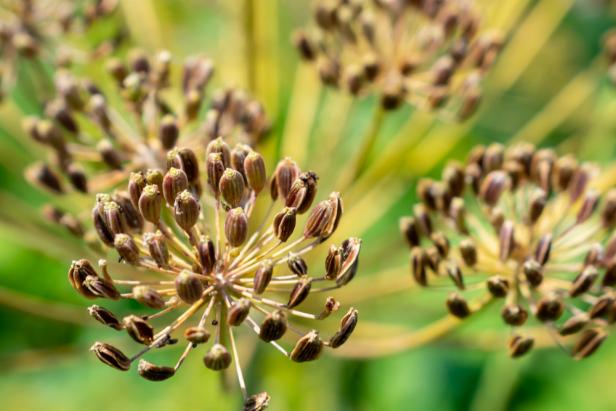
Shutterstock/Kunitsa Yana
Harvest dill seeds after they start to turn brown. Clip the seed heads into a brown paper bag and place the bag in a warm, dry location indoors. The seeds should dry in about two week and can be stored in an airtight glass jar.
More Reasons to Grow Dill
Dill is easy to grow and not usually bothered by pests or diseases. The only problem — and it’s not really a problem, but a benefit — is that you may find large black and yellow striped caterpillars munching on your dill. These are the larvae of black swallowtail butterflies, and dill is among their favorite foods (along with parsley and fennel).
If you’d really rather save all that dill for yourself, clip off the foliage with the caterpillars and place them in a screened terrarium, where they can continue to eat, form a chrysalis and later hatch into beautiful butterflies.
Dill also attracts other pollinators, along with predatory wasps and beneficial insects that can help protect your garden from some of the real troublemakers.
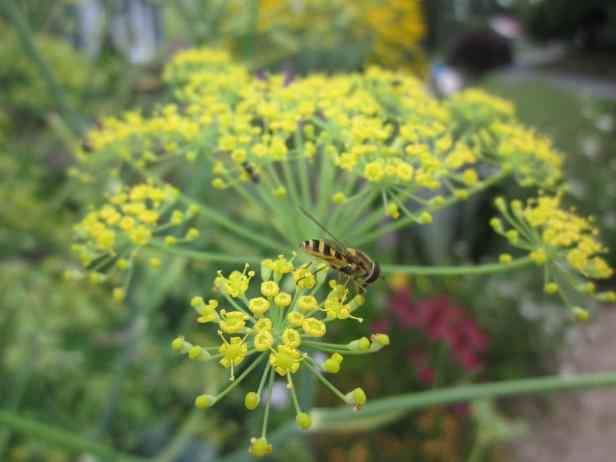
Julie Martens Forney
Dill flowers attract beneficial insects, including hoverflies and ladybugs (both prey on aphids), wasps of all sorts (prey on caterpillars and other insects), spiders and pollinating bees.
How to Plant a Kitchen Herb Garden
Herbs are easy to grow, they don’t take up a lot of space and they are a healthy way to add more flavor to your cooking. Whether you’re a beginning gardener or looking to elevate your culinary skills, an herb garden is the way to go.
Can You Freeze It? 35 Photos
Find out how to freeze fruits and vegetables such as bananas, watermelon, apples and avocados as well as some surprising things you maybe didn't know you could freeze like eggs and milk.

.-Battle-on-the-Beach-courtesy-of-HGTV.-.jpg.rend.hgtvcom.196.196.suffix/1714761529029.jpeg)






